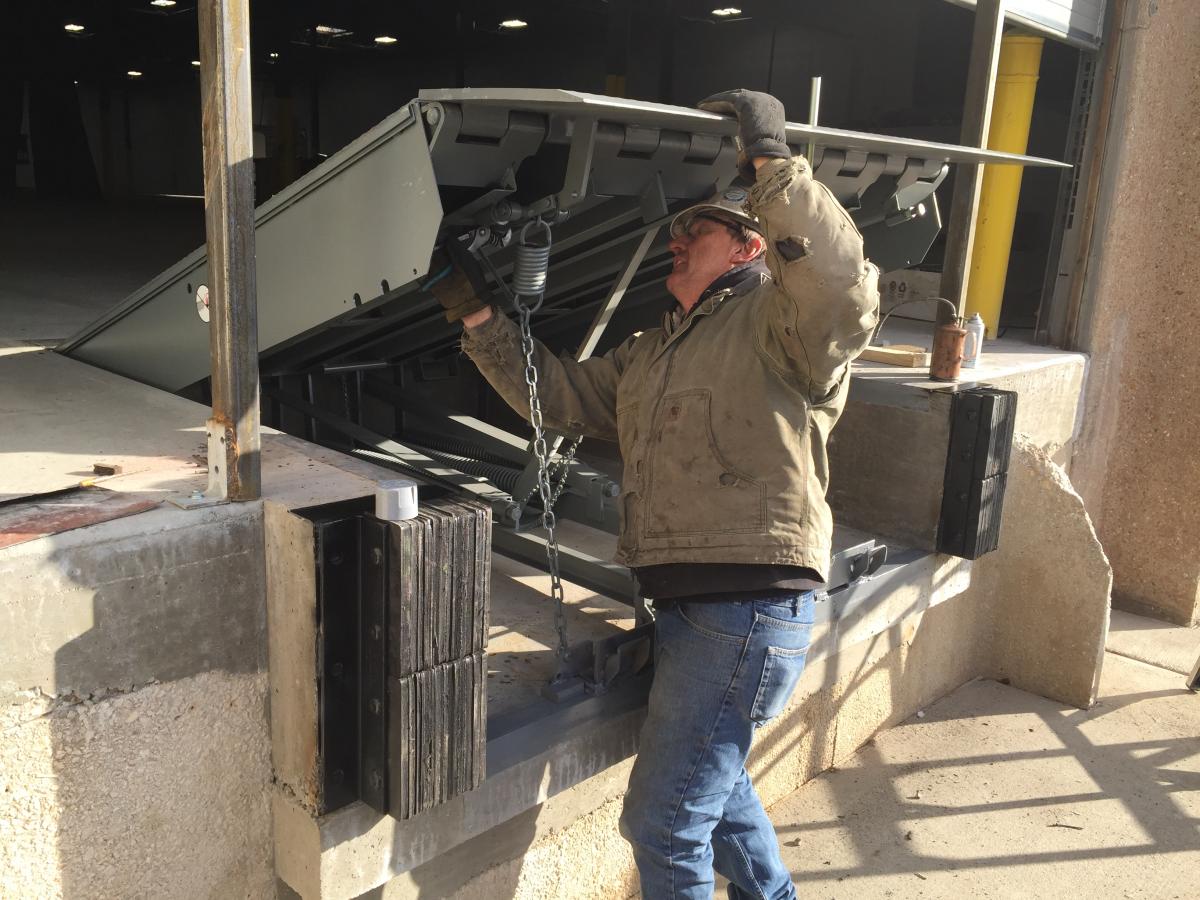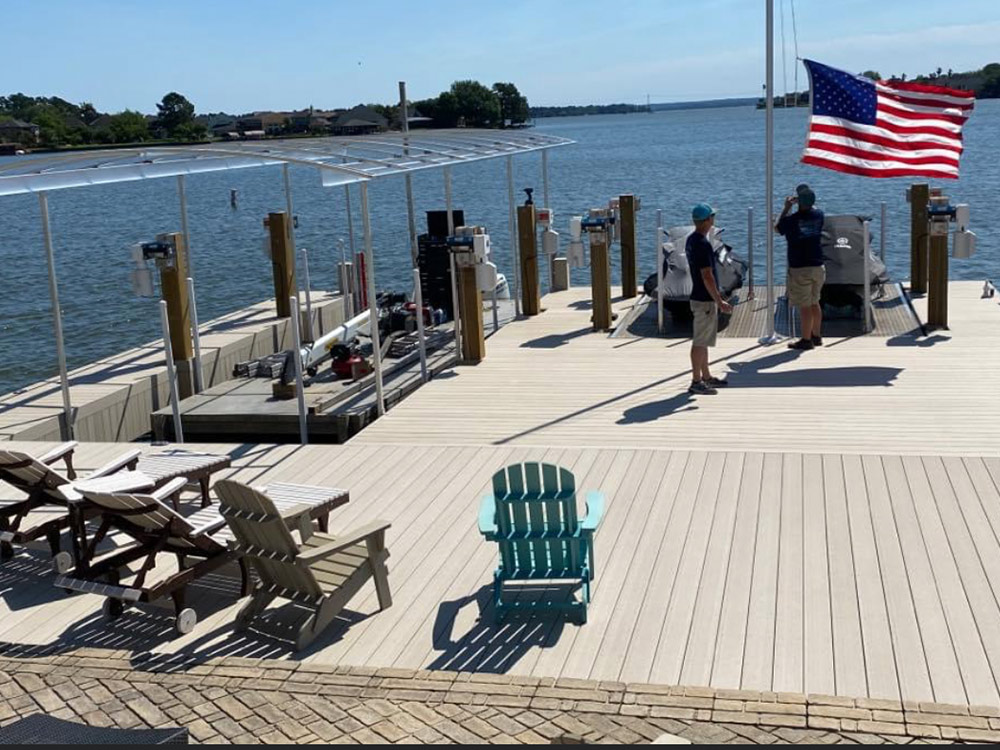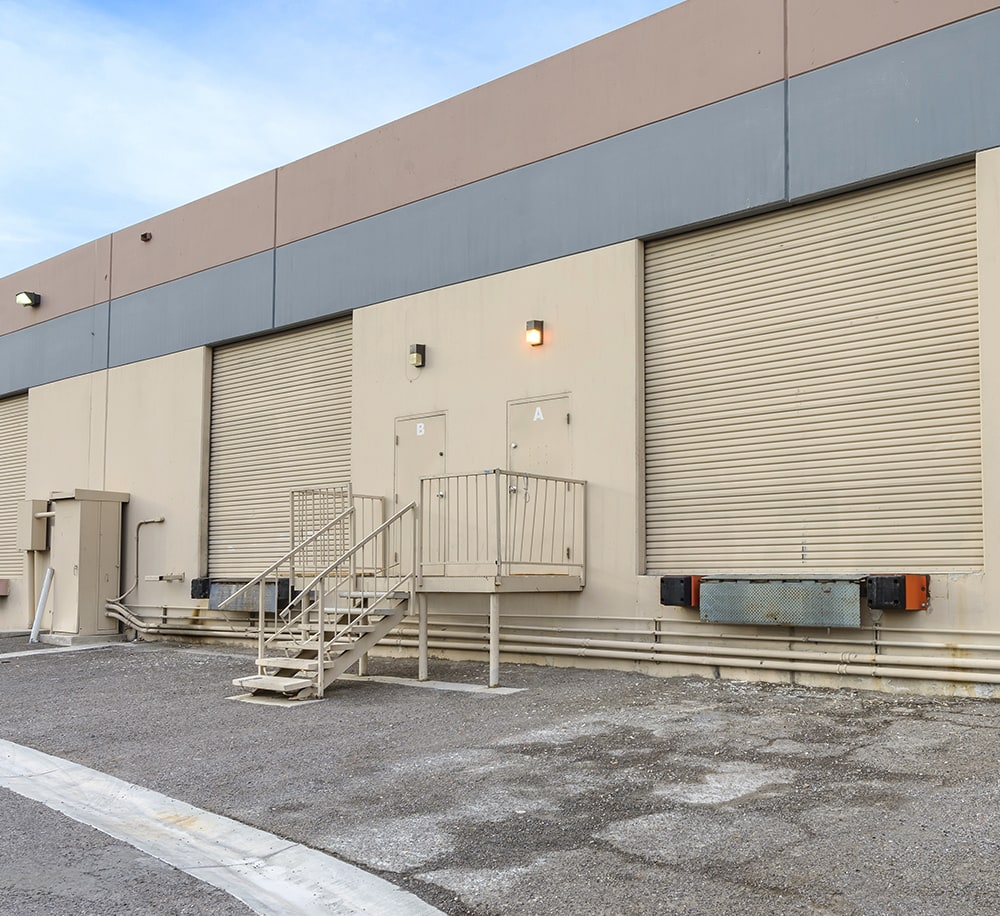DIY Tips for Simple Dock Repairs You Can Handle
DIY Tips for Simple Dock Repairs You Can Handle
Blog Article
Reliable Dock Fixing Techniques: Guaranteeing Structural Stability
Making certain the structural honesty of anchors through efficient repair work strategies is extremely important for the long life and safety and security of aquatic centers. This entails a multi-faceted technique starting with detailed evaluations utilizing innovative technologies like sonar equipment and remotely operated lorries (ROVs) to detect both visible and hid problems. Consequently, selecting the ideal fixing products, such as corrosion-resistant alloys and composite products, is crucial for sturdiness. Structural support approaches, including the execution of cross-bracing systems and load-distribution plates, play a vital role in mitigating stress and anxiety factors. The relevance of these techniques becomes obvious when discovering innovative fixing techniques and preventative upkeep strategies.
Assessing Dock Damage
Analyzing dock damage is a vital very first step in making sure the architectural honesty and safety of any kind of docking facility. This first analysis entails a detailed evaluation to recognize both visible and concealed problems. Secret facets to analyze consist of the dock's structure, pilings, decking, and hardware. Each component must be looked at for indicators of wear, rot, rust, or various other forms of deterioration that could compromise the structural honesty.
Architectural designers or qualified assessors normally execute these evaluations making use of specialized methods and tools. Underwater examinations could utilize sonar tools or remotely operated lorries (ROVs) to identify immersed damages. Over water, visual examinations are matched by utilizing moisture meters and various other analysis tools to reveal underlying problems not right away noticeable to the nude eye.

Deciding On Fixing Products
Choosing the ideal repair materials is a crucial step in the dock remediation process, one that directly influences the durability and efficiency of the fixed framework. Product option must be driven by factors such as environmental conditions, load-bearing needs, and compatibility with existing dock parts. For example, wood is a conventional option for anchors because of its natural strength and visual appeal. Selecting the best type of wood, such as pressure-treated lumber or naturally rot-resistant species like cedar or teak wood, is essential to hold up against aquatic atmospheres.
Along with wood, composite materials are progressively preferred due to their resilience and reduced maintenance needs. Composites, commonly made from a blend of plastic and timber fibers, provide exceptional resistance to rot, bugs, and UV damage. For metal docks, picking corrosion-resistant alloys such as galvanized steel or marine-grade light weight aluminum is crucial to avoid rust and guarantee structural stability in saline water problems.
Epoxy materials and marine-grade sealants are important for fixing fractures and securing joints, supplying a water-proof obstacle and boosting the dock's overall toughness. By diligently choosing top notch materials, dock repair services can achieve durable results, thus guarding versus future deterioration and making certain risk-free, dependable usage.
Structural Support Methods
Effective structural reinforcement strategies are vital in making sure the security and longevity of dock repair work. One fundamental method entails the usage of steel or composite support bars (rebar) within concrete frameworks. Rebar gives extra tensile toughness, protecting against splits and distributing tons more uniformly. This method is especially effective for anchors subjected to hefty lots or severe ecological conditions.
One more important strategy is the application of fiber-reinforced polymers (FRP) These products offer high strength-to-weight proportions and exceptional resistance to deterioration, making them optimal for reinforcing concrete or wooden anchors. FRP can be used in sheets or strips and adhered with epoxy materials to boost architectural honesty.
Bracing and anchoring systems likewise play a critical role in structural support. Cross-bracing, utilizing steel or wood light beams, can neutralize side forces, minimizing persuading and motion. Anchoring systems, such as helical piers or driven piles, offer a stable foundation by moving tons to much deeper, more steady soil layers.
Lastly, the integration of load-distribution plates can help disperse weight much more uniformly across the dock's surface area, minimizing local tension points. These strategies collectively make certain that anchors remain durable and safe, with the ability of standing up to the rigors of their functional environment.
Advanced Fixing Techniques

An additional sophisticated technique includes undersea welding, which permits fixings to be carried out without the demand to dewater the area. This technique is especially advantageous for dealing with structural issues in submerged dock components, making certain very little disruption to procedures. Improved welding strategies, coupled with robot systems, linked here supply precision and dependability, consequently extending the lifespan of the dock.
Furthermore, cathodic defense systems are applied to stop deterioration in metallic dock frameworks. By making use of sacrificial anodes or impressed present systems, these strategies efficiently reduce the electrochemical processes that result in product degeneration.
Lastly, progressed surveillance innovations, such as architectural wellness tracking (SHM) systems, offer real-time information on the condition of dock frameworks. These systems allow aggressive upkeep and timely treatments, eventually guaranteeing the long-lasting structural honesty of the dock.
Upkeep and Avoidance
Maintenance and prevention are basic ideas that underpin the durability and click here now safety of dock structures. Normal inspections are paramount, enabling for very early detection of wear and tear, possible weaknesses, and ecological impacts. An aggressive approach, entailing routine checks for deterioration, rot, and structural changes, minimizes costly repair work and lengthens the dock's functional life.
Safety nets must include applying safety finishes to steel elements to secure versus corrosion and utilizing treated wood to withstand decay. In addition, guaranteeing correct drain and air flow can protect against water buildup, which is a common root cause of architectural degradation. Incorporating top quality products and adhering to maker guidelines throughout building and construction and repair stages likewise play important duties in improving toughness.

Training personnel in dock upkeep finest techniques guarantees constant application of safety nets. Leveraging technical breakthroughs, such as drones for evaluations and sensing units for real-time surveillance, can even more boost maintenance efforts. By focusing on maintenance and prevention, dock proprietors can ensure architectural stability, functional security, and cost-efficient management over the dock's lifespan.
Final Thought
Finally, keeping the architectural honesty of marine centers requires thorough dock fixing techniques. Extensive examinations using innovative devices reveal both visible and hid damages, while the option of suitable repair work products boosts longevity. Executing structural reinforcement methods addresses tension points successfully. Advanced repair methods, paired with routine maintenance techniques, ensure the dock stays operational and safe under varied ecological problems. Adopting these techniques dramatically prolongs the life expectancy and functionality Check Out Your URL of aquatic facilities.
Making sure the architectural honesty of docks through reliable fixing methods is critical for the longevity and safety of aquatic centers.Choosing the appropriate repair service materials is a crucial step in the dock restoration procedure, one that directly affects the durability and performance of the repaired structure.Effective architectural support strategies are critical in guaranteeing the security and long life of dock repairs. By prioritizing upkeep and prevention, dock proprietors can make sure structural honesty, operational safety, and cost-effective administration over the dock's lifespan.
In conclusion, preserving the structural integrity of aquatic centers requires thorough dock repair methods.
Report this page